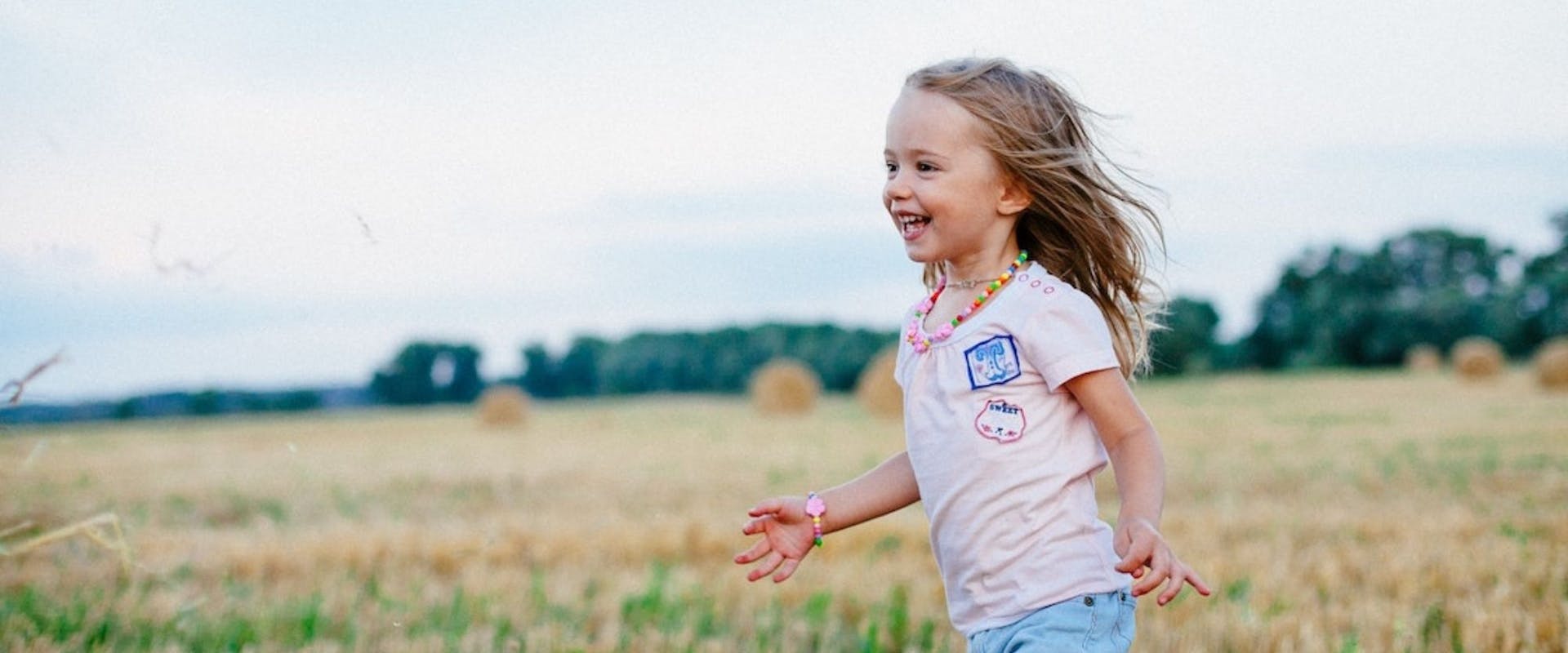How to spot the signs of anxiety through the ages, from kids to teenagers
updated on Feb 15, 2023

From young children to budding adults, anxiety can present in, and affect, young people in different ways as they grow up. So how can you spot and support it?
Anxiety is a natural part of many of our lives, and it doesn’t just affect adults. Though the triggers and stressors may be different, many children experience anxiety, with the NHS finding that across five to 19-year-olds, around one in 12 (8.1%) reported an emotional disorder such as anxiety or depression.
The point at which anxiety becomes a problem is when it begins to affect their everyday life, and gets in the way of them flourishing. But what does anxiety look like in children and young people of different ages? And how can we best support them at each stage? Here, with help from Hasret Tekin, a child and adolescent therapist, we highlight what to watch out for.
Under five
“This age group usually experiences anxiety in the form of separation anxiety,” Hasret explains. “It is in line with normal child development that children may experience separation anxiety from their primary caregiver from age six months to three years old.”
Hasret explains that you may notice your child is more clingy than usual, perhaps because they are worried that you will leave or disappear – at this age, they may not understand that you will come back. It might be that big life events such as starting nursery or school spark this reaction, and the anxiety might present as tantrums and protests, and unresolved it could lead to regression (such as wanting a dummy or a nappy), sleep problems, and phobias.
Five to eight years old
When a child reaches this age group, it’s likely that they have moved beyond separation anxiety, and instead the root of their anxiety is tied up in new developmental stages such as school problems, friendship issues, and self-esteem dips.
“They may feel worried about being likeable among friends, feeling shy in social scenarios, nervous, and clingy in new situations,” Hasret explains. “Some levels of performance anxiety and perfectionism are also common in this age group. When the anxiety becomes problematic, you may notice sleeping difficulties, bad dreams or nightmares, bed wetting, becoming irritable, tearful, unhappy, or withdrawn. Fears are also common in this age group as a manifestation of anxiety.”
Eight to 11 years old
Similarly to the previous age group, Hasret explains that the anxiety is likely to be tied up with their development stage, but on a larger scale. However, children in this age group may also have more of an awareness of external stress.
At this age, they may have more life events to refer to, such as conflict at home, parental separation, the death of a grandparent, illness, or sibling problems. With a greater understanding of these scenarios, they might develop anxiety about rejection, take on worries about the health of a loved one, pick up on money stress, or begin to compare their lives to those around them.
11 to 14 years old
“This age is pre-adolescent and adolescent years where the anxiety is usually about the transitions,” Hasret says. “There are many things children say goodbye to in this age group, such as the end of primary school. They have the anxiety of transition to secondary school, new friends, and puberty.
“Peer pressure and wanting to keep up with trends can also be triggering,” she continues. “Feeling part of a friendship circle, a need to fit in, and issues around their personal boundaries may create a clash for them. Similarly, the developmental need of building up their independence and autonomy may clash with parental expectations.”
Hasret says that the anxiety in this age group may present through isolation, a dip in joy, distraction, spending a lot of time on games and social media, people-pleasing, anger, and pushing boundaries.
15 years and over
At this point, young people may begin to feel a lot of pressure around their future – considering impending exams, career choices, and relationships.
Anxiety, worries, and fears may all blend into each other, resulting in confidence and self-esteem issues, anger, hate, and self-blame,” Hasret explains. “In some cases, significant anxiety may manifest itself through anger, sleeping issues, eating disorders, some obsessive thoughts and compulsive behaviours, lying, cheating, self-harm, unhealthy relationships, substance misuse, and suicidal thoughts.”
It can be really difficult to see a child struggling with their mental health, but with patience and awareness, you are in the best position to support them through difficult times.
To find our more about anxiety, visit the Counselling Directory or speak to a qualified counsellor.

